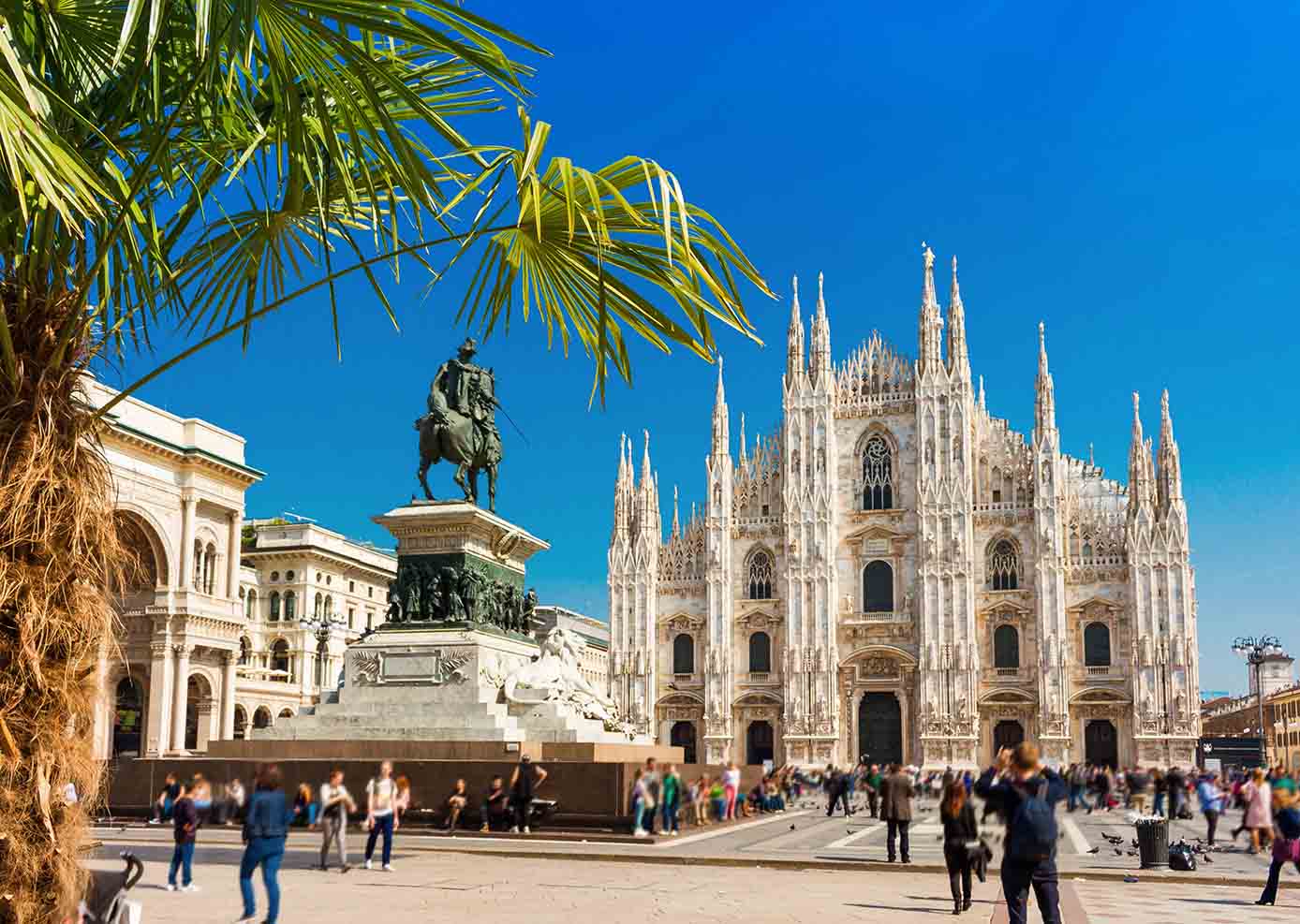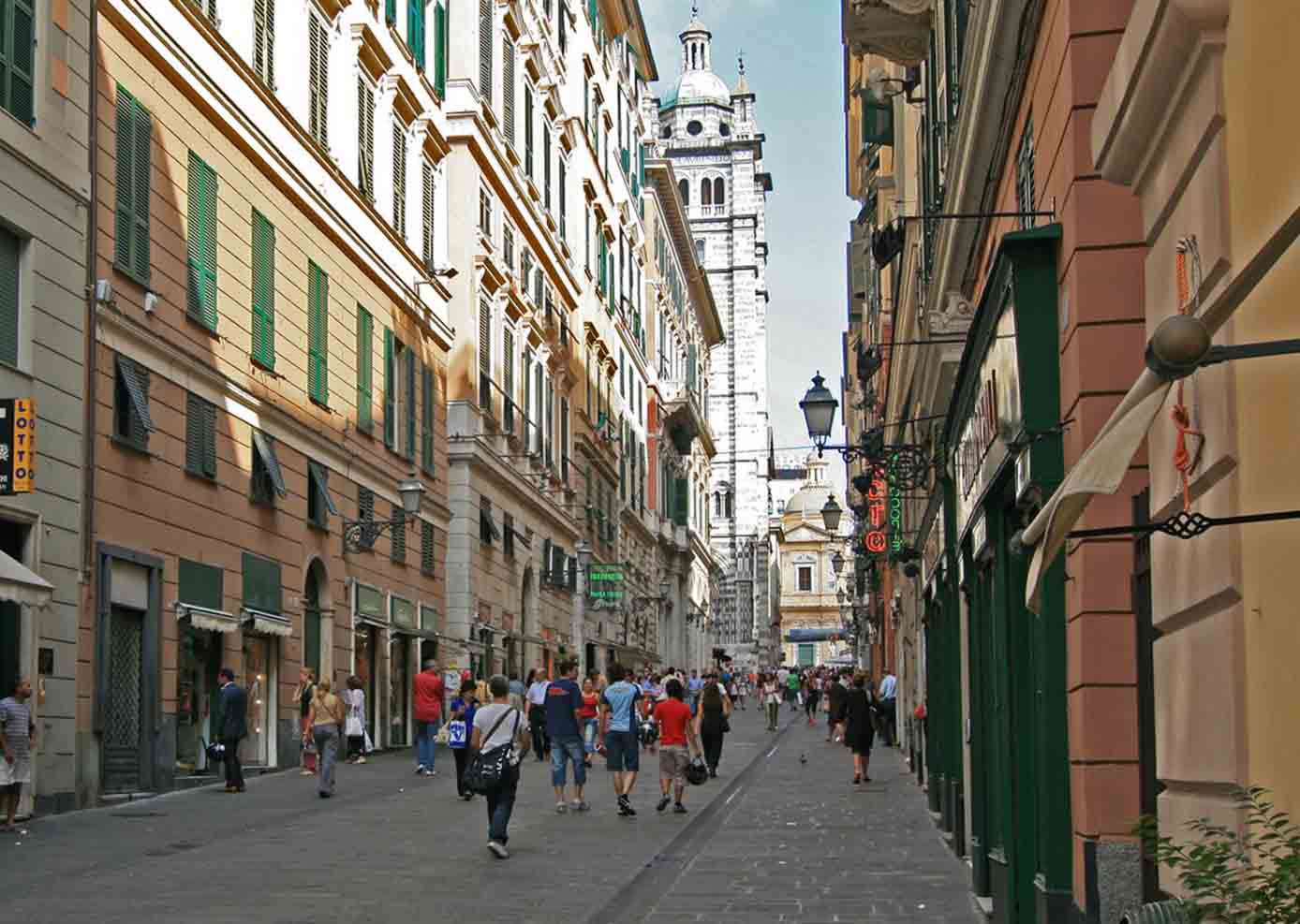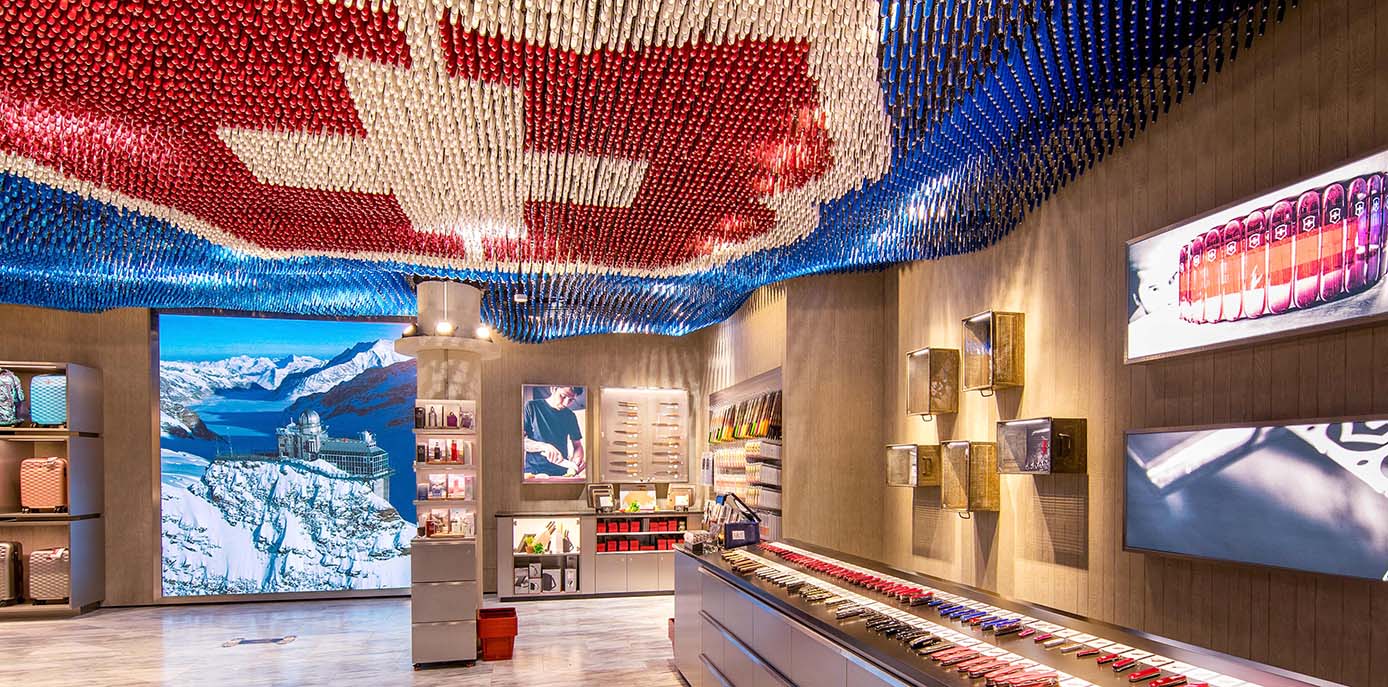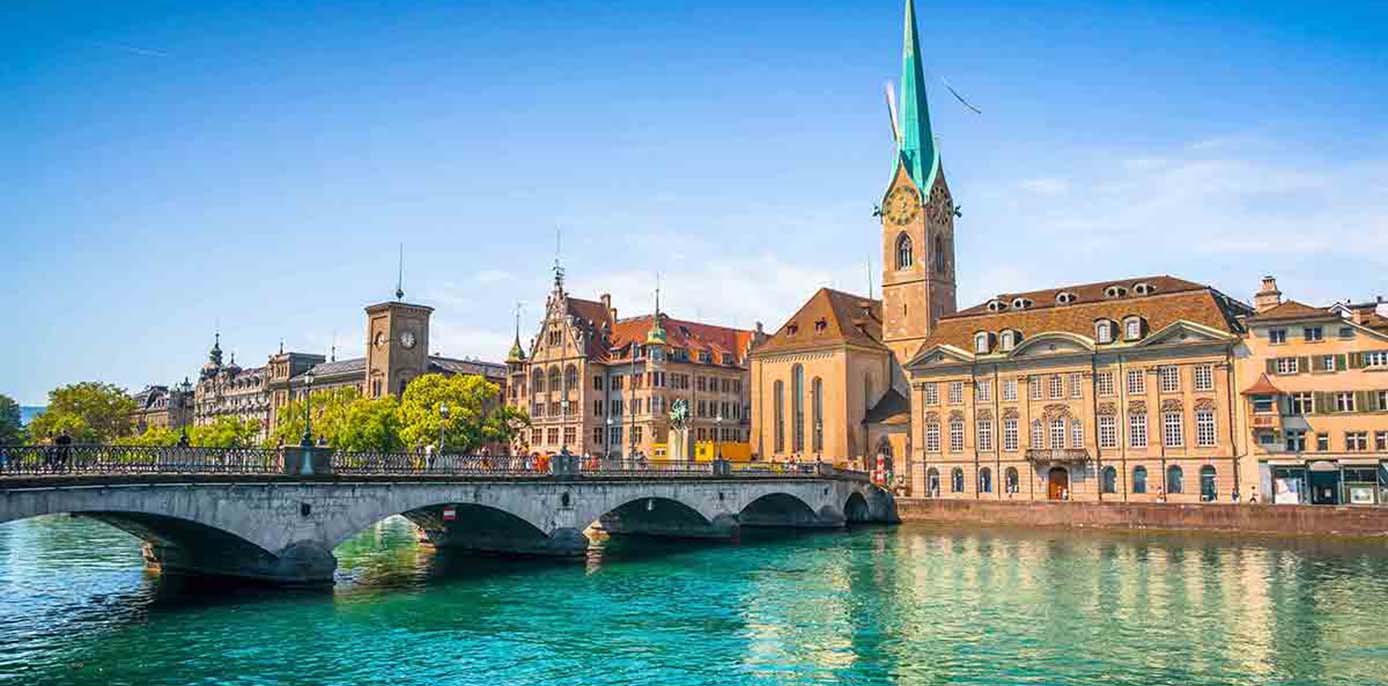Milan, a city where fashion and art coexist, is not only Italy’s economic and fashion center but also rich in history and cultural heritage. While Milan’s modern appearance is impressive, hidden behind its bustling streets are ancient alleys and historical landmarks, offering every visitor endless surprises. In this article, we will follow the writer to get lost in the ancient streets and alleys of Milan, embarking on a journey of cultural exploration filled with surprises and discovering the profound history and abundant culture of the city.
1.Entering Milan’s Historical Corridor
Milan is a city with a long and fascinating history, dating back to 222 BC when it became an important city of the Roman Empire. Over the centuries, this city has witnessed the rise and fall of various civilizations, and its streets and alleys are living witnesses to its vibrant past. From ancient Roman structures like the remnants of the Porta Romana, to the incredible Renaissance art treasures, every corner of Milan tells a unique story. The blend of ancient architecture with modern elements makes it a place where the past and present coexist seamlessly. As you explore the narrow streets of the historic center, you can almost hear the echoes of ancient times and feel the weight of the city’s rich cultural heritage. Walking through these streets is like stepping into a time machine where each stone has witnessed centuries of change. The intricate facades of old buildings, the remnants of medieval fortifications, and the beautiful churches that line the streets all reflect Milan’s illustrious past, making every step an unforgettable journey through history.
2.Exploring Milan’s Medieval Relics
In Milan, many ancient streets and alleys have preserved their medieval charm, offering a glimpse into the city’s past. For example, Via Torino is one of the most iconic streets in Milan, where old buildings and small, family-owned shops transport you back in time. As you walk along this historical thoroughfare, you can imagine the bustling medieval market scenes, the sound of horse-drawn carriages on cobblestone streets, and the vibrant energy of the city during the Middle Ages. The architecture along the street retains much of its original character, with aged stone walls and intricate doorways that have survived the test of time. These streets are not only beautiful but also serve as a testament to Milan’s historical resilience. Additionally, one of Milan’s most iconic medieval structures, the Sforza Castle (Castello Sforzesco), stands as a symbol of Milan’s enduring history. Built in the 15th century by Francesco Sforza, this fortress has been transformed into a museum and art gallery, showcasing an impressive collection of art and historical artifacts. Visitors can explore the castle’s impressive halls, learn about Milan’s medieval past, and admire masterpieces by artists such as Michelangelo, while absorbing the grandeur of this architectural marvel that remains a key element of Milan’s identity.
3.Milan’s Renaissance Heritage
During the Renaissance, Milan was one of Europe’s cultural and intellectual epicenters, attracting some of the greatest minds in art, science, and philosophy. The city became a canvas for remarkable artistic creations, and many great artists such as Leonardo da Vinci, Michelangelo, and Bramante left their indelible mark. Milan’s Renaissance heritage can be seen in the intricate architecture, sculptures, and artworks scattered throughout the city. Among the most significant landmarks is the Church of Santa Maria delle Grazie, a UNESCO World Heritage site, where Leonardo da Vinci’s iconic mural The Last Supper resides. This masterpiece is often considered one of the greatest artistic achievements of all time, and it draws millions of visitors annually. The artwork’s serene yet intense portrayal of the biblical scene is emotionally powerful and intricately composed, showcasing Leonardo’s genius. However, the Church itself is just as important, with its grandiose design and historical significance, making it a must-visit. Due to the high demand to view this iconic piece, it’s necessary to make reservations ahead of time. Besides the church, the nearby Sforza Castle houses other Renaissance gems, including sculptures by Michelangelo, and offers a broader view of the cultural achievements that defined Milan during this influential period. This castle, a once majestic fortress, now serves as a museum and art gallery, preserving the legacy of Milan’s Renaissance era and offering visitors an immersive look at the city’s artistic flourishing.
4.Milan’s Traditional Markets and Ancient Streets
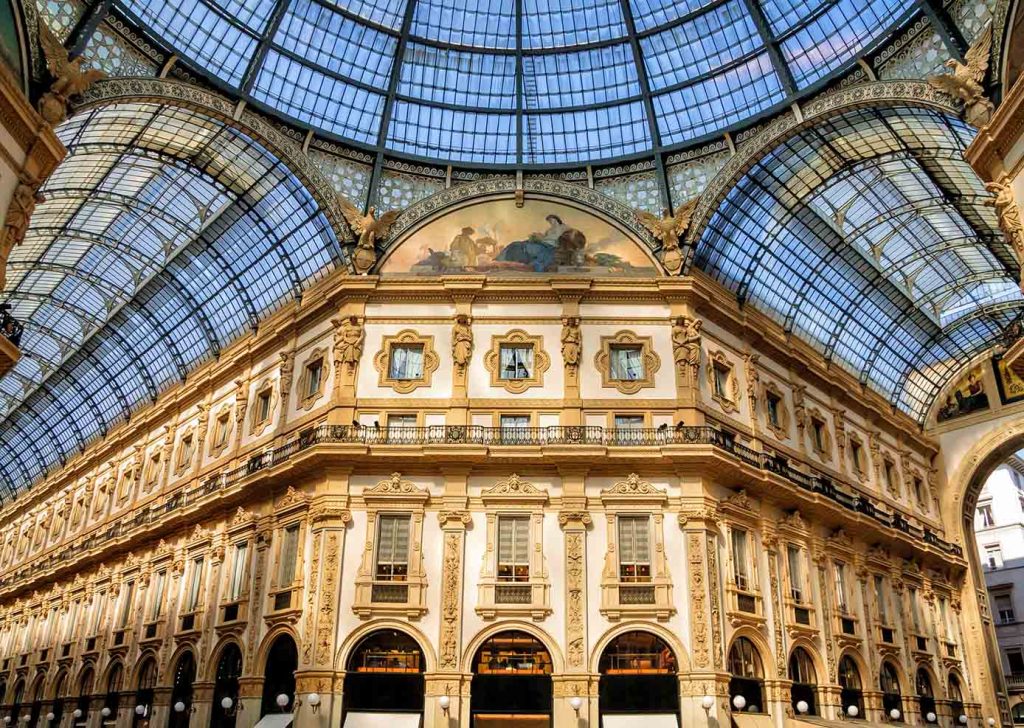
In Milan, the rich cultural tapestry extends far beyond its celebrated art and architecture to the everyday life of its residents, which can be experienced through its traditional markets and ancient streets. The Galleria Vittorio Emanuele II is not just a shopping center but an iconic symbol of Milan’s historical and cultural identity. This stunning architectural marvel, completed in the 19th century, is famous for its grand glass roof, intricate mosaics, and majestic arches. Walking through this elegant arcade, visitors can feel the grandeur of Milan’s past, where art and commerce meet in a luxurious setting. Here, you will find high-end boutiques, cafes, and historic landmarks, making it a perfect destination to soak in both the old and new sides of Milan. In addition to the Galleria, Milan’s traditional markets offer a more authentic, local experience. For instance, the Mercato di Viale Papiniano, located in the southern part of the city, is one of the most traditional and vibrant markets in Milan. It offers an abundance of fresh produce, artisanal cheeses, cured meats, and other local delicacies. Visitors can interact with friendly vendors, taste some of the city’s best street food, and buy ingredients that are central to Milanese cuisine. The lively atmosphere, combined with the fragrant aromas of fresh food, makes the market a sensory delight and a perfect place to immerse yourself in Milan’s culinary culture. These markets not only provide a taste of Milanese cuisine but also offer a glimpse into the daily rhythm of local life, where every stall and street corner carries a piece of Milan’s rich cultural heritage.
5. Hidden Alleys of Milan: Discovering Unknown Cultural Treasures
Milan’s ancient streets and alleys are not only witnesses to the city’s history but also carry many little-known cultural treasures. Walking through Milan’s old town, you will discover many hidden corners that are often overlooked by the hustle and bustle of modern life. For example, Brera, one of Milan’s artistic districts, is home to the Pinacoteca di Brera, an art gallery that is a paradise for art lovers. The gallery houses many famous works from the Italian Renaissance, including masterpieces by Raphael, Caravaggio, and Titian. This not only offers visitors a chance to appreciate the beauty of art but also gives an insight into Italy’s art history and the important role Milan played in European art history.
In some of Milan’s ancient streets, such as those near Corso Magenta, you can wander through medieval alleys, where you can see well-preserved medieval buildings, ancient churches, and quaint courtyards. These places feel like tunnels of time, and every step you take feels like stepping deeper into the past. Particularly near the Basilica di San Lorenzo Maggiore, the ancient stone walls and quiet streets transport you to a Milan from the Middle Ages, providing a uniquely immersive historical experience.
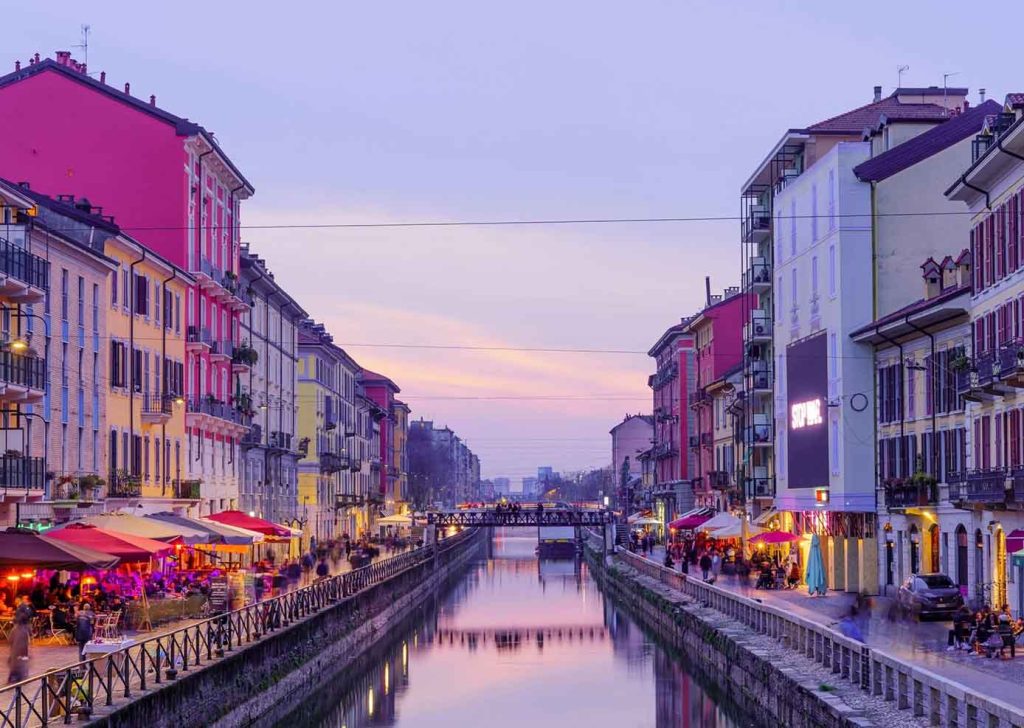
6. Milan’s Street Art and Cultural Atmosphere
Milan’s culture is not only reflected in its historical landmarks, but also in its modern street art and creative culture, which infuses the city with boundless vitality. In many of Milan’s hidden alleyways, graffiti and street art pieces contrast strikingly with the old architecture, showcasing the city’s multicultural collision. The Navigli district, in particular, is a hotspot for street art. Along the canals, there are many galleries and artist studios that exude a unique artistic atmosphere. Every alley here may hide a creative street painting. Street artists display their talents, and the graffiti, murals, and installations not only bring modernity to this area but also contribute to Milan’s distinctive cultural vibe.
As night falls, the bars and restaurants along the Navigli canals come to life with twinkling lights, and street performers, musicians, dancers, and impromptu art displays fill the air with energy and creativity. This area is not only a popular social space for locals but also an ideal place for global visitors to experience Milan’s street culture. Here, you can feel Milan’s modern pulse as a fashion and art capital, while also discovering the unique artistic soul that is hidden in every wall and corner of the city.
Milan is a city where the ancient and the modern perfectly blend, presenting a rich cultural atmosphere. Whether it’s wandering through medieval alleyways or experiencing the city’s vibrant street art, Milan offers a multifaceted cultural experience. Each street, each building tells the story of the city. For visitors, Milan is not just a fashion capital but also a city brimming with cultural and artistic charm, offering everyone the chance to get lost and discover something new.
If you ever have the opportunity to visit Milan, don’t forget to slow down, take your time, and explore those forgotten corners. Feel the deep history and rich cultural heritage hidden in the streets and alleys. Every step you take is a journey back through time, and every stop you make is a deeper cultural encounter. In Milan’s streets and alleys, every corner hides a unique cultural treasure, waiting for you to uncover and explore.
